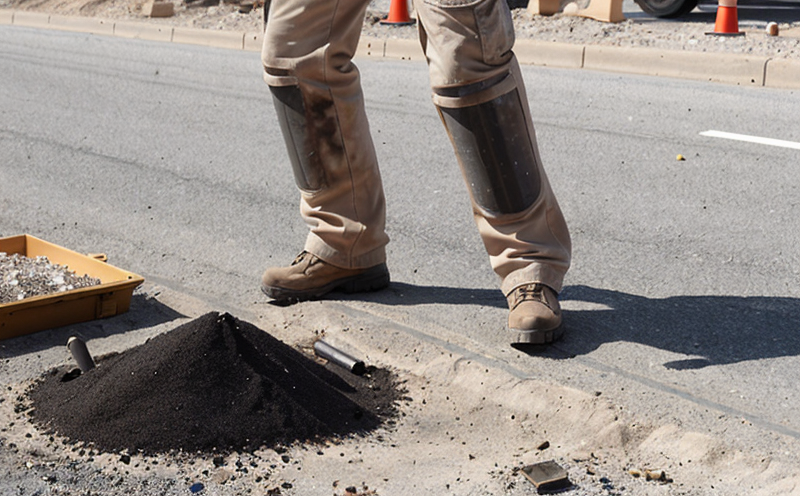UN Recommendations Series 9 Packaging Compatibility for Explosives Testing
The UN Recommendations on the Transport of Dangerous Goods, Model Regulations (UN Recommendations) are a set of internationally recognized guidelines that ensure the safe and secure transport of dangerous goods. Among these categories is Series 9, which includes explosives and blasting materials, including those that fall under Class 1 of the UN Classification.
The purpose of this test series is to determine the compatibility between different packaging materials when transporting hazardous substances like explosives. This ensures that no dangerous chemical reactions occur during transit, thus safeguarding public safety and environmental integrity.
Series 9 testing involves a series of stability tests designed to evaluate whether two or more types of packaging can safely coexist in the same consignment without compromising the integrity of either container. The test subjects may include various combinations of outer packaging (e.g., cardboard boxes, plastic drums) and inner packaging materials (e.g., paper bags, foam inserts).
During testing, specimens are subjected to simulated transportation conditions such as vibration, shock loading, temperature cycling, and exposure to humidity. These environmental factors mimic the rigors of actual shipping scenarios where packaging must endure rough handling at ports or during transport.
The test protocol also includes specific procedures for preparing the specimens prior to testing. This involves careful selection of materials that represent real-world usage and ensuring all components are free from contaminants that could affect the outcome of the tests.
Upon completion, a detailed report is generated summarizing the results. Compliance with UN Recommendations ensures that the packaging used meets international standards for safe transportation. Non-compliance can lead to legal penalties, fines, or even bans on exporting certain goods.
For mining operations, particularly those involving blasting agents and other explosive substances, ensuring proper packaging is critical not only for regulatory compliance but also for worker safety and environmental protection. Failure to adhere to these recommendations could result in accidents, injuries, or significant property damage.
Why Choose This Test
- Enhanced Safety: Ensures that packaging materials do not react dangerously during transit, reducing the risk of accidents and injuries.
- Regulatory Compliance: Helps mining companies meet international standards set by UN Recommendations, avoiding legal issues and potential bans on exports.
- Economic Benefits: Prevents costly delays due to non-compliance or rejections at customs checkpoints. It also reduces the likelihood of product loss during transportation.
- Environmental Protection: By ensuring safe transport, this testing helps protect ecosystems from potential contamination and pollution.
Customer Impact and Satisfaction
The implementation of Series 9 packaging compatibility tests significantly enhances customer satisfaction by ensuring reliable delivery of blasting materials to mining sites. Reliable transportation ensures that operations can proceed without interruptions, maintaining productivity levels.
Moreover, meeting regulatory requirements helps companies avoid costly penalties and reputational damage associated with non-compliance incidents. This not only protects the business interests but also fosters a positive image among stakeholders, including clients and regulators.
For quality managers and compliance officers within mining organizations, this test provides peace of mind knowing that all necessary safety measures are in place. It allows them to focus on other critical aspects of their roles while ensuring regulatory adherence is not compromised.
International Acceptance and Recognition
The UN Recommendations for the Transport of Dangerous Goods, including Series 9 packaging compatibility tests, are widely recognized across numerous countries. They form part of international law under the auspices of the United Nations Economic and Social Council.
Countries like Australia, Canada, the European Union member states, Japan, New Zealand, Singapore, South Africa, Switzerland, and the United States have adopted these recommendations into their national laws. Compliance with UN Recommendations ensures smooth international trade for mining businesses operating globally.
Failure to comply can lead to significant disruptions in supply chains, increased insurance premiums, and potential legal challenges. Therefore, it is crucial for companies involved in transporting hazardous materials such as explosives to adhere strictly to these guidelines.





